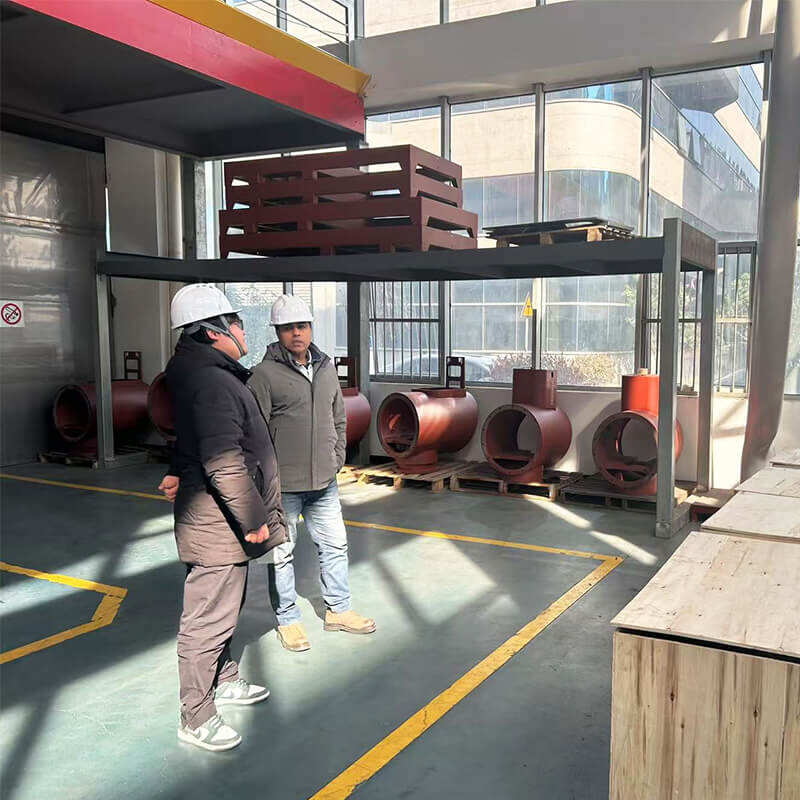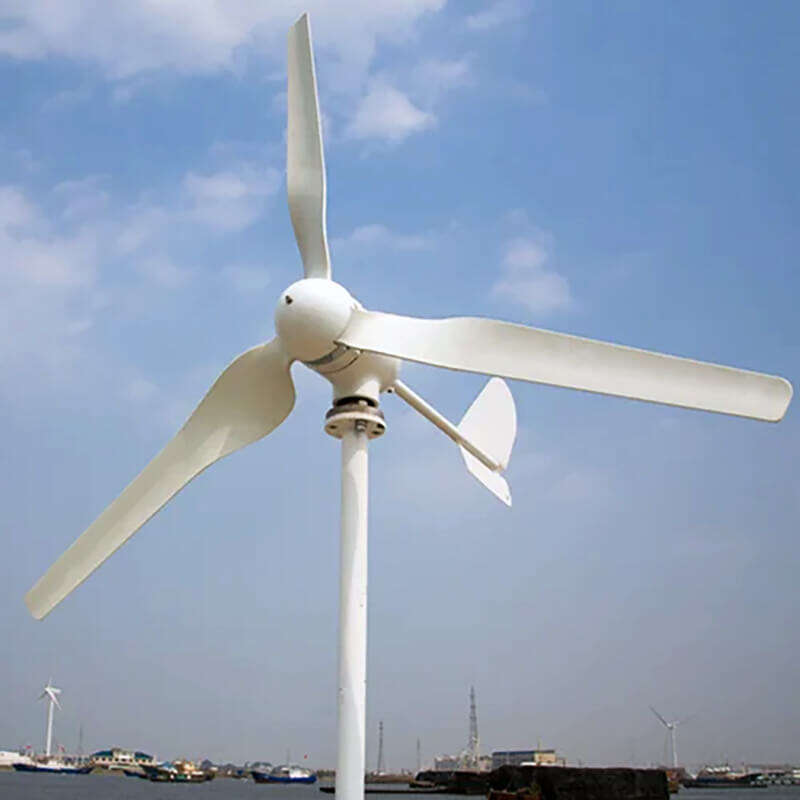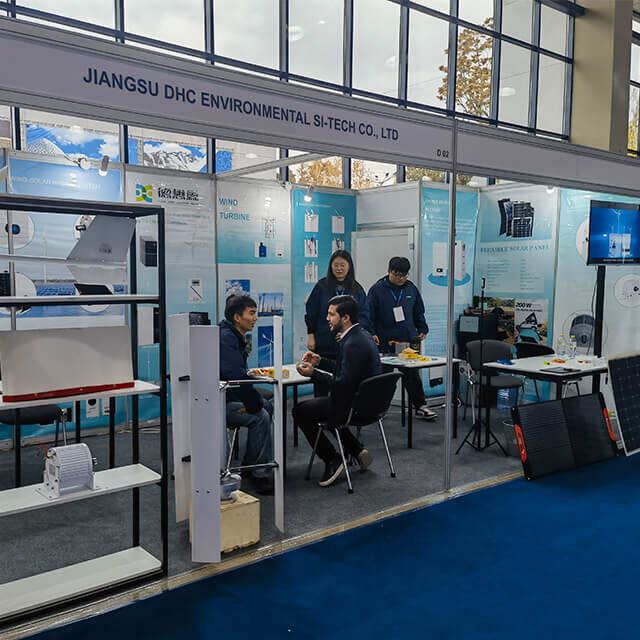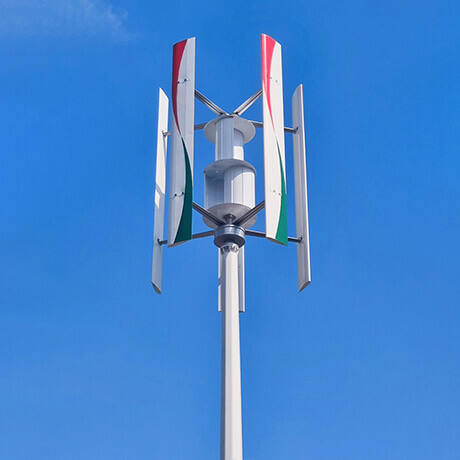The Principles and Differences of Off-Grid, On Grid and Hybrid Inverters
Inverter is an electronic device that converts direct current (DC) into alternating current (AC), and is widely used in solar power generation systems, wind power generation systems, electric vehicles, and other fields. According to the connection method and usage scenario of the inverter, it can be divided into three types: off-grid inverter, On grid inverter, and hybrid inverter.

1. Off-grid inverter
Off-grid inverter is an inverter that converts the DC power generated by distributed power sources such as solar panels and wind turbines into AC power, then boosts the voltage through a transformer, selects the maximum power point through a low-voltage DC switch (MPPT), and finally outputs it to the grid or load. The off-grid inverter is mainly used to solve the problem of how distributed power sources are connected to the grid so that they can be integrated into the grid for operation.
The main features of the off-grid inverter are as follows:
1) The input voltage range is wide, generally 700V-900V;
2) The output voltage range is narrow, generally 120V-300V;
3) The output waveform quality is good, suitable for occasions with high requirements for voltage fluctuations;
4) Independent operation, not affected by grid fluctuations;
5) With island protection function, when the grid fails, the inverter can automatically cut off the connection with the grid.
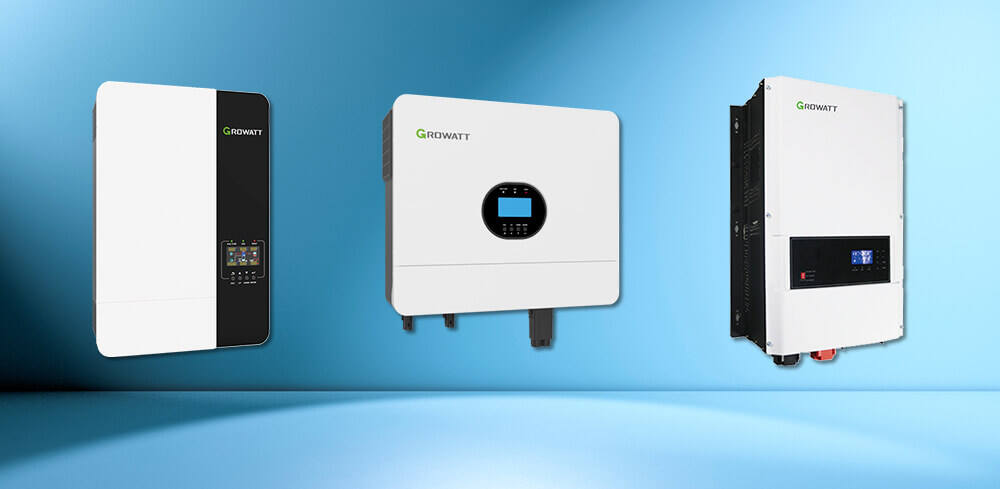
2. On grid inverter
On grid inverter is an inverter that converts the DC power generated by distributed power sources such as solar panels and wind turbines into AC power, then boosts the voltage through a transformer, selects the maximum power point through a low-voltage DC switch (MPPT), and finally outputs it to the inverter connected to the grid. On grid inverters are mainly used to connect distributed power sources to large-scale power grids to achieve multi-energy interconnection and complementarity.
The main features of On grid inverters are as follows:
1) The input voltage range is narrow, generally 400V-900V;
2) The output voltage range is wide, generally 120V-350V;
3) The output waveform quality is poor, suitable for occasions with low voltage fluctuation requirements;
4) It needs to run synchronously with the grid and is greatly affected by grid fluctuations;
5) It has island protection function, but not as strict as off-grid inverters.
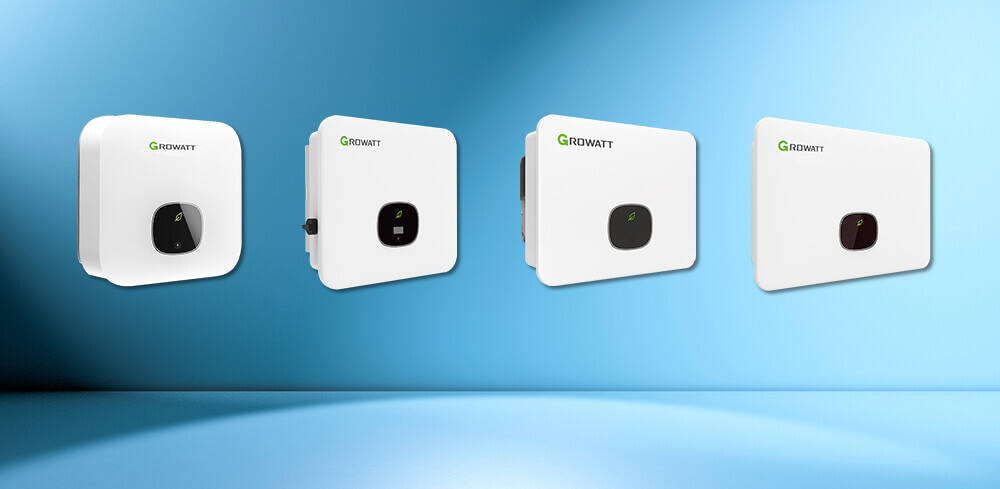
3. Hybrid Inverter
Hybrid inverter is an inverter that combines the functions of an off-grid inverter and a On grid inverter. Hybrid inverter can operate independently in a solar power generation system or be connected to a large power grid. Hybrid inverter can flexibly switch working modes according to actual needs to achieve optimal energy efficiency and performance.
The main features of a hybrid inverter are as follows:
1) The input voltage range is wide, generally 700V-900V;
2) The output voltage range is wide, generally 120V-350V;
3) The output waveform quality is good, suitable for occasions with high requirements for voltage fluctuations;
4) It can operate independently in a solar power generation system or be connected to a large power grid;
5) It has an island protection function, but it is not as strict as an off-grid inverter.
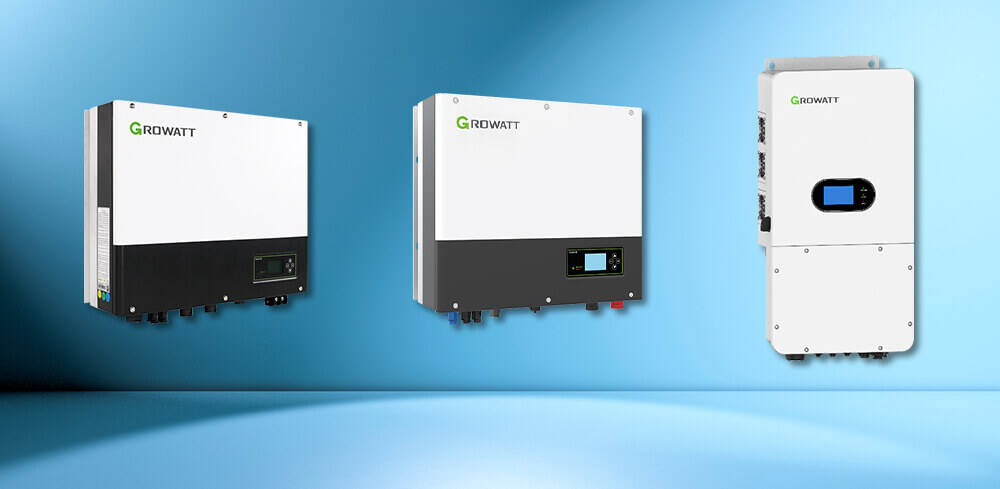
In short, off-grid inverters, On grid inverters and hybrid inverters differ in input voltage range, output voltage range, waveform quality, working mode, etc. With the continuous development of new energy technologies and the expansion of application fields, inverter technology is also constantly innovating and improving. In the future, various types of inverters will better meet the needs of different scenarios and make greater contributions to the development of clean energy for mankind.


